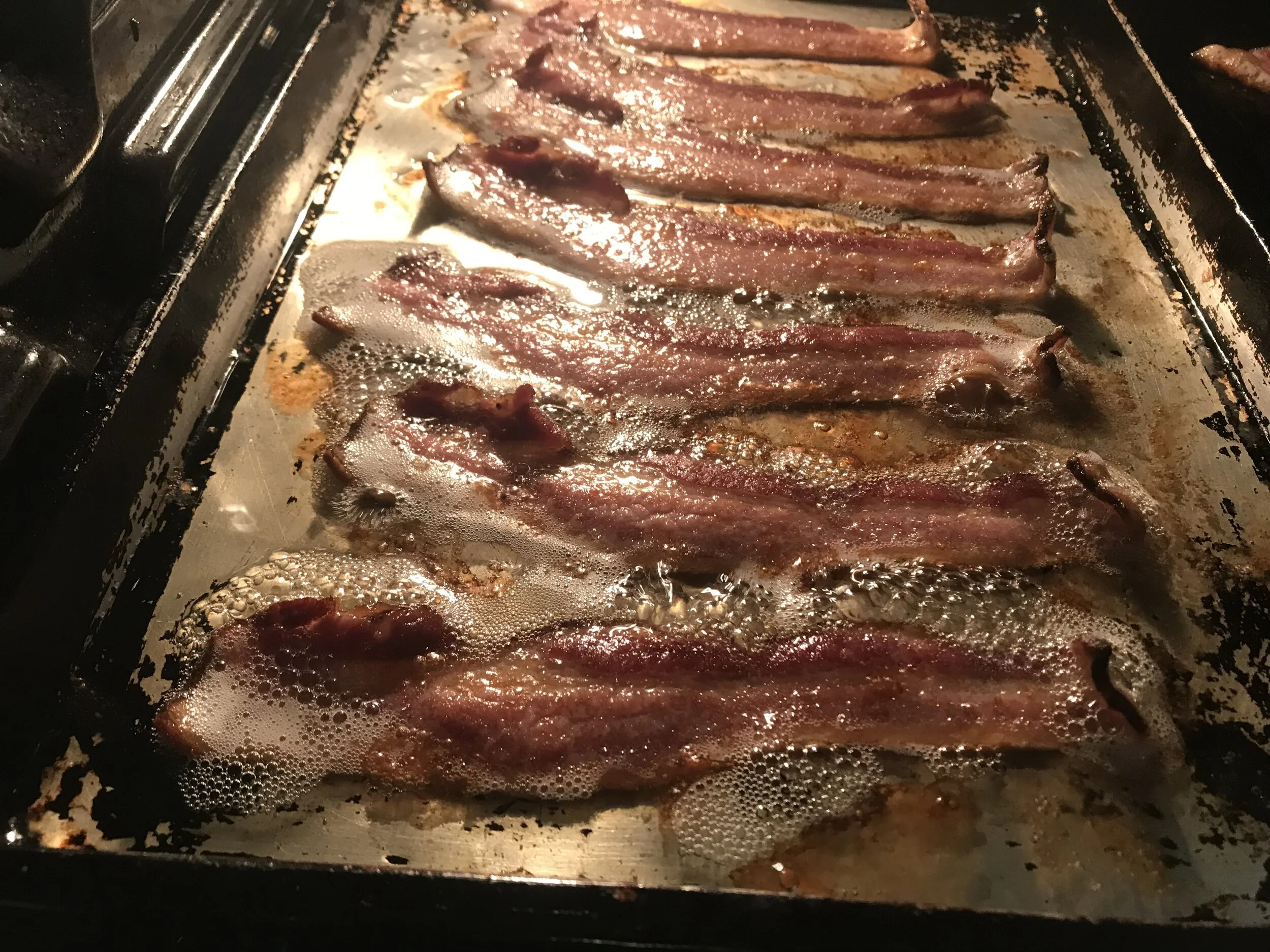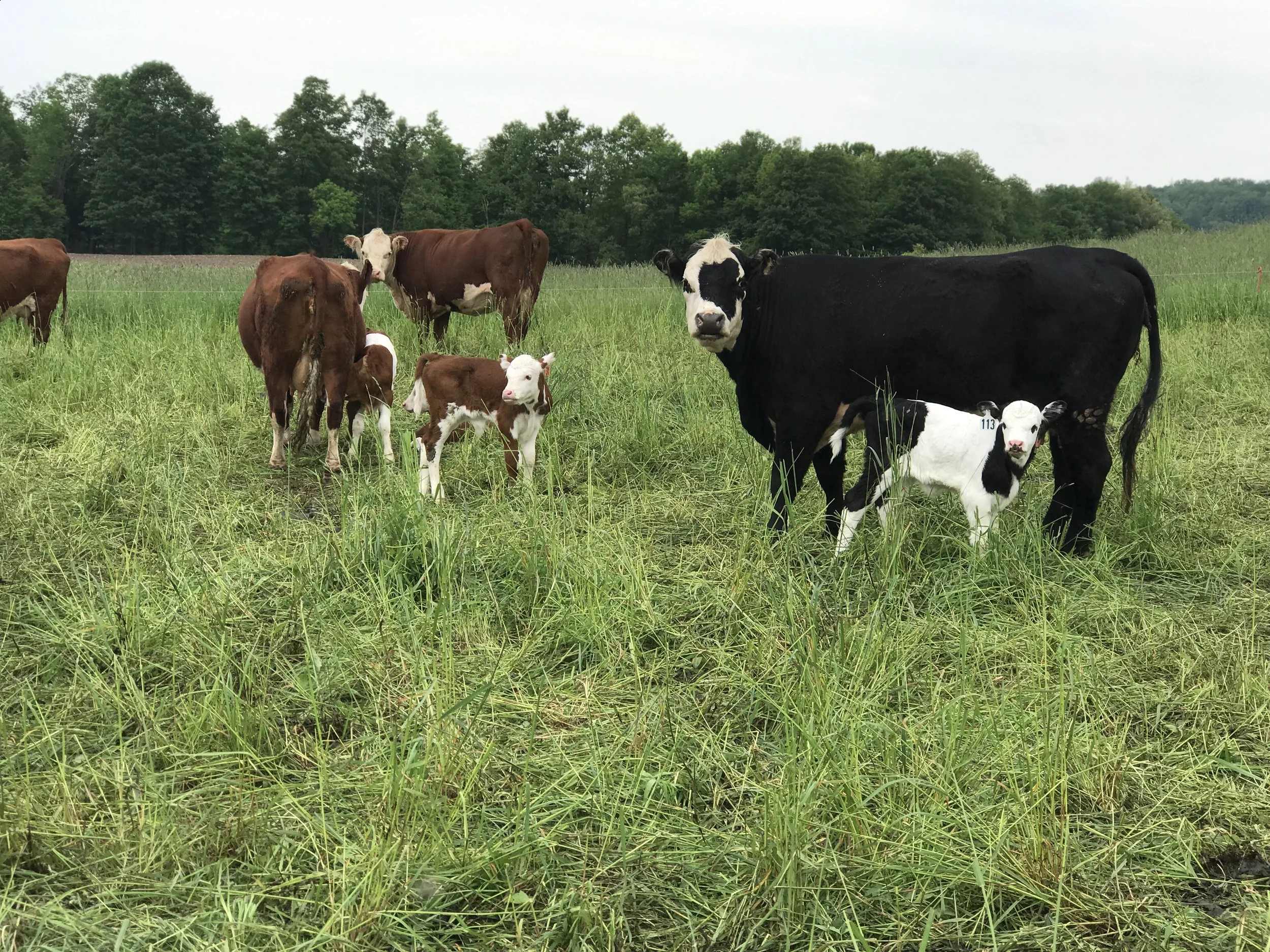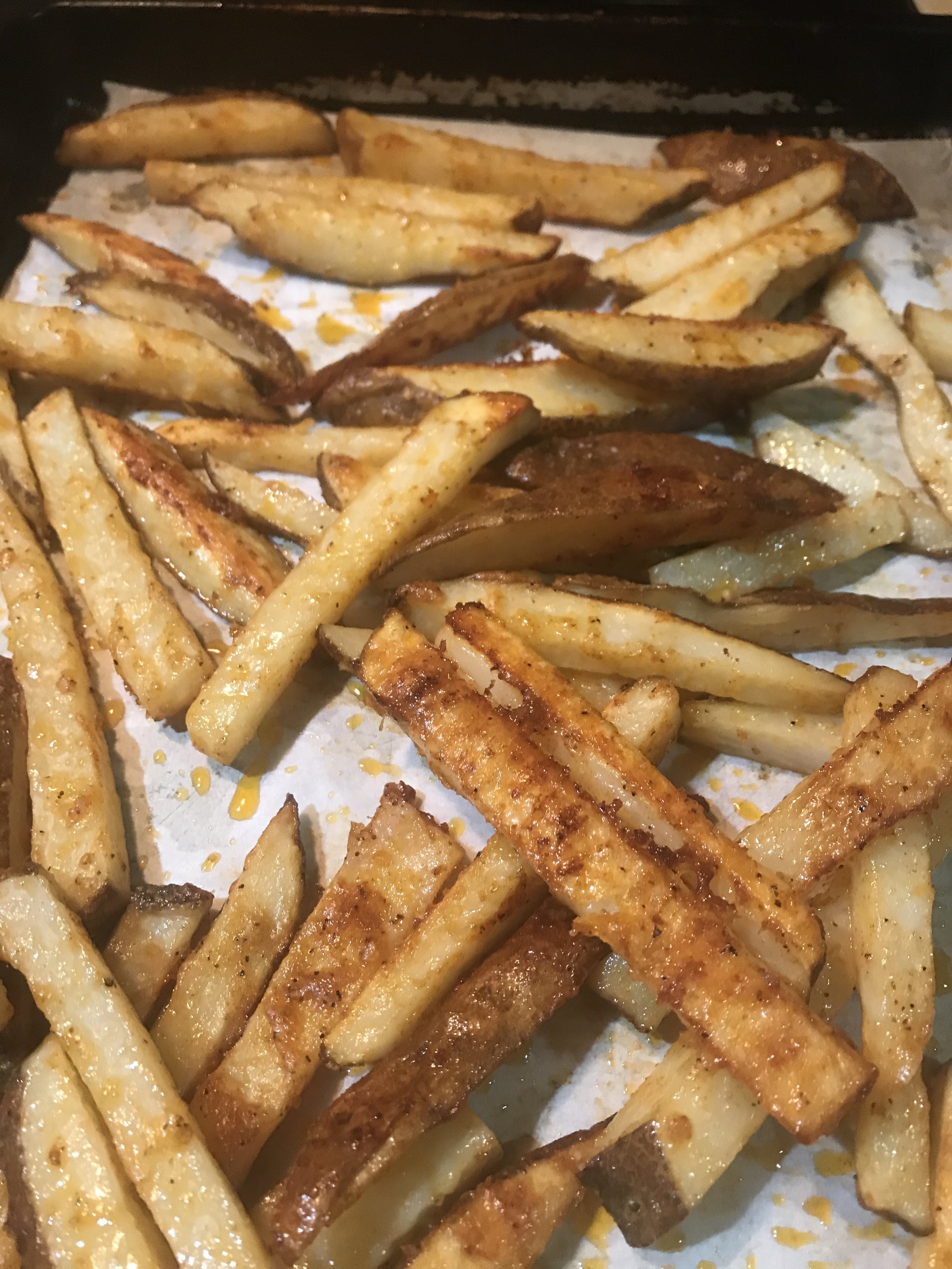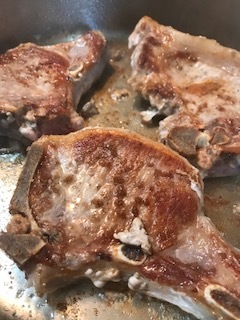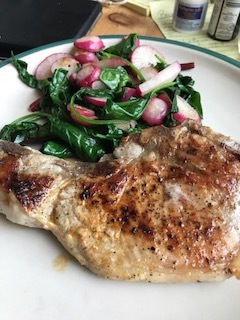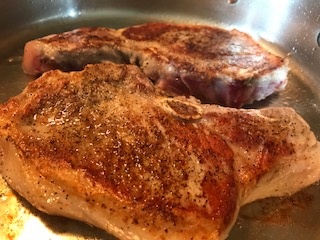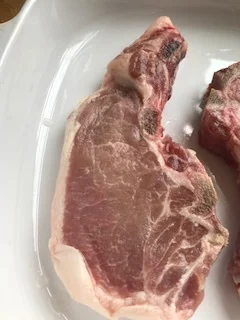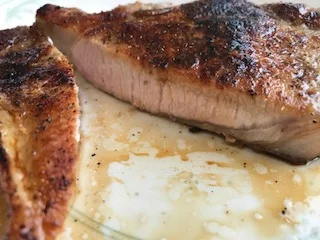First you need a ham. Creekside Meadows Farm Pasture Raised Hams are smoked and flash frozen because they aren’t held in a saline solution like store hams. It can take 2-4 days to thaw in your refrigerator depending on the size so plan ahead.
Quick Thaw: If you are running late you can still make it happen the day before as follows: You need a large pot or container to hold the entire ham still in the plastic wrapping fill the container with cold water and replace the water every 30 minutes with more cold water. Thawing will take 5-6 hours and maybe longer for a larger ham. Then just refrigerate until ready for roasting.
Preheat the oven to 325F.
Skin off: Trim all the skin off the ham and trim fat to about 1/4 to 1/2 thick.
Skin on: If your ham doesn't have much of a fat layer or is very thin, leaving the skin might be a better choice. You will need to score all the skin in a crisscross patter deep to the meat. You want a lot of the crisscross so later on the glaze can penetrate.
Place ham in a roasting pan preferably on a rack so it doesn't stick to the pan. If you plan to glaze it line the pan with foil for easier clean up. Add about ½ cup of f water to the pan depending on the pan size, a larger roasting pan could use 1 cup of water. Roast at 325F until internal temperature reaches a minimum of 130F. This can take 15 minutes per pound. Add more water to the pan if it evaporates.
Once the ham is the proper temperature which on a larger ham may take a little extra time, remove ham from the oven. Increase oven temperature to 425F. Prepare the glaze.
APPLE MAPLE GLAZE (or try the tangy orange one at the bottom)
2 cups apple cider
heat in a saucepan on medium high, stirring often until reduced to 1/2 cup
add 1/2 cup apple jelly
1/2 cup maple syrup
1/4 teaspoon ground nutmeg
1/2 teaspoon ground allspice
1/4 cup whole grain brown mustard
Stir well and simmer until warmed thoroughly
Once ham has reached 130F internal temperature. Increase the oven to 425 and spread the glaze generously over the entire ham. Roast for 20 minutes and baste a few times during that time with the pan juices.
Remove from oven, place on a platter and let it rest about 15-20 minutes before slicing and serving. Drizzle a little of the remaining pan juices over ham before serving.
UPDATE IN 2019
This winter I’ve cooked up a few hams in my slow cooker and played with other ingredients.
it takes about 6 or so hours on low in my slow cooker for a 5 pound boneless ham. Every slow cooker is different so be prepared for times a little different.
1 thawed smoked boneless ham from a good local farmer
1-2 cups cup apple cider (not juice)
1/2 cup maple syrup
Optional: a couple big spoon fulls of orange marmalade.
do you need cider and maple? Nope, but we like the flavors. You could instead just add some water instead. Hams like ours have tons of flavor so anything you add can be subtle to enhance that built in flavor.
That’s it. SLow cook on low for 6 -8 hours.
Remove ham, let rest a bit, remove the tie or net, and slice.
The remaining juices can be poured over the ham or reduce it down by simmering until it’s thicker works nice too.
I find that I will cook the ham the day before and slice it the next day then rewarm with the juices just before a big family meal.
Disclosure: I can get stressed and forget things like plugging in the slow cooker, or setting it on warm not low…….. so I try to do somethings ahead of time. Then who cares if my old oven dies the day of the meal (that happened one year….).
TANGY ORANGE GLAZE
6 cloves garlic, peeled, smashed well and finely diced
8 ounces orange marmalade
1/2 cup dijon mustard
1 cup light brown sugar (or maple sugar or turbinado or sucanat)
1 orange zested
1 /4 cup fresh orange juice.
Heat all ingredients in pan on medium until mixed well. When ham has reached 130F, increase oven temp to 425F, glaze the ham all over. Roast another 20 minutes and baste with any extra pan juices a few times.
This glaze works well in the slow cooker too but add about a cup of water then pour glaze over top of ham so it can soak in while it cooks.

